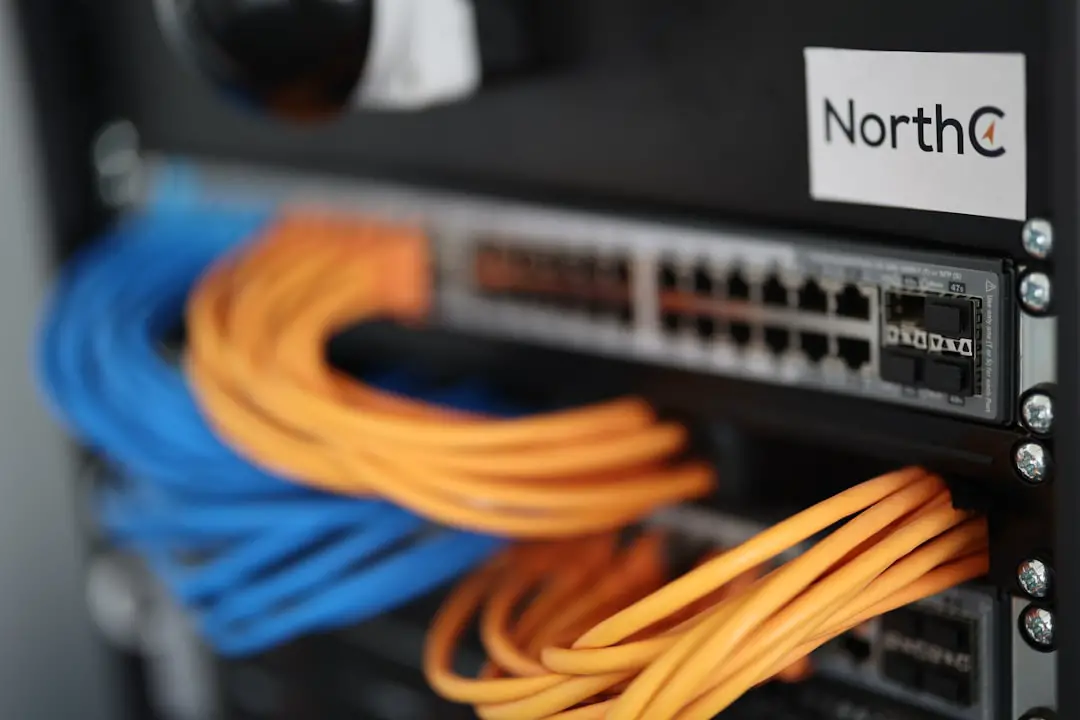In the ever-evolving landscape of cybersecurity, VPN providers constantly reassess their services to ensure they offer maximum performance, reliability, and protection. One such reevaluation has impacted Surfshark users on the Windows platform: the removal of the IKEv2 VPN protocol from its supported list. This decision might have surprised some users, especially those familiar with IKEv2’s longstanding reputation. So, why did Surfshark decide to remove IKEv2 support on Windows? The answer lies in a combination of technological advancement, strategic streamlining, and a focus on future-ready protocols.
IKEv2: A Brief Overview
Internet Key Exchange version 2 (IKEv2) has long been celebrated for its speed, stability, and capability to handle network changes gracefully. It is especially favored among mobile users because of its ability to maintain VPN connections when switching from Wi-Fi to mobile data. However, while IKEv2 has several strengths, it also has notable limitations—particularly when weighed against newer protocols.
Reasons for Removal on Windows
Surfshark’s decision wasn’t arbitrary. Here are the main reasons why they chose to discontinue IKEv2 support on Windows:
- 1. Modern Protocols Are Superior: Newer protocols like WireGuard and OpenVPN offer improved security, faster speed, and better performance on various networks. These protocols have become the go-to standards in the VPN industry.
- 2. Maintenance Complexity: Supporting multiple protocols across different platforms requires significant resources. Removing IKEv2 reduces backend complexity and allows Surfshark to focus on optimizing its core offerings, especially those that the majority of users prefer.
- 3. Less Usage on Windows: Data analytics showed that IKEv2 was not as widely used among Windows users as it once was. Most users were already choosing either WireGuard for speed or OpenVPN for flexibility.
- 4. Evolving Security Standards: While IKEv2 is still considered secure, modern protocols like WireGuard are built with cutting-edge cryptography standards, making them better suited for the future.

Transitioning Users to Better Alternatives
Instead of leaving users without options, Surfshark is encouraging a smooth transition to its preferred protocols:
- WireGuard: This next-generation VPN protocol is known for its simplicity, high speed, and robust security architecture. WireGuard is especially beneficial for streaming, gaming, and seamless browsing.
- OpenVPN: A time-tested protocol, OpenVPN still stands strong thanks to its flexibility, compatibility, and balance between speed and security. Surfshark offers both UDP and TCP variations, depending on the user’s need.
Both of these protocols come integrated with Surfshark’s Windows application, and switching between them is user-friendly. Users who had previously relied on IKEv2 should find either option a suitable—if not superior—replacement.
User Impact and Concerns
Understandably, some users may feel inconvenienced by this shift, particularly those who favored IKEv2 for its stress-free reconnections and low latency. However, Surfshark emphasizes that the move is made with performance and long-term security in mind. The protocols being championed now are not only more efficient but also future-proof, ensuring compatibility with advanced security standards and modern networking environments.

A Glimpse Into the Future
As cyber threats grow more sophisticated, VPN providers like Surfshark must adapt. Focusing on fewer, better-performing protocols enables innovation and better user experience. By phasing out IKEv2 from their Windows environment, Surfshark effectively streamlines its services, paving the way for improvements such as faster connection speeds, more agile privacy technology, and enhanced cross-platform security features.
It’s also worth noting that Surfshark continues to support IKEv2 on other platforms, such as macOS and iOS, where the protocol still has unique advantages. This selective approach reflects a deeper understanding of how VPN protocols perform differently depending on the operating system and network behavior.
Conclusion
The removal of IKEv2 from Surfshark’s Windows application signals a thoughtful shift toward modern solutions prioritizing speed, security, and user experience. While some may reminisce about the protocol’s reliability, the VPN landscape is moving toward innovation and optimization. Surfshark’s commitment to providing top-tier privacy tools aligns with this evolution. For users, the takeaway is clear: while a familiar option may be gone, the replacements are not just sufficient—they’re even better.

